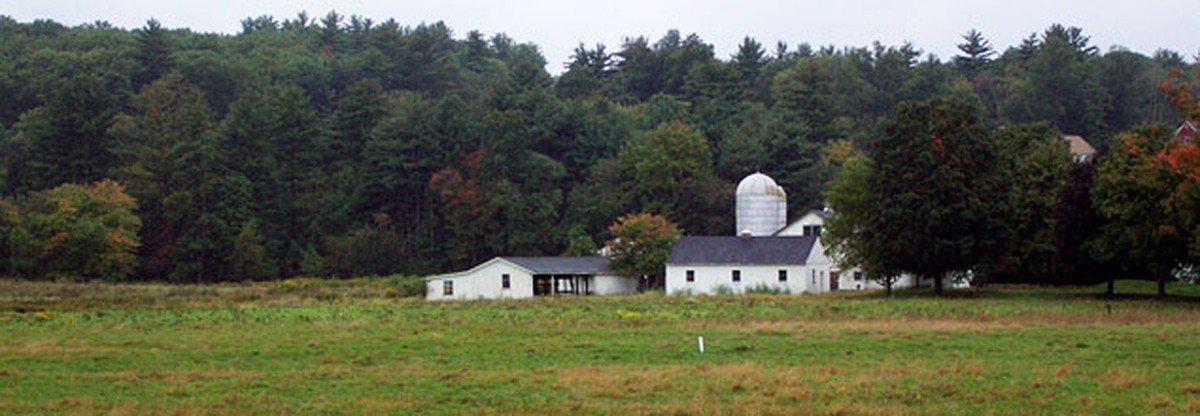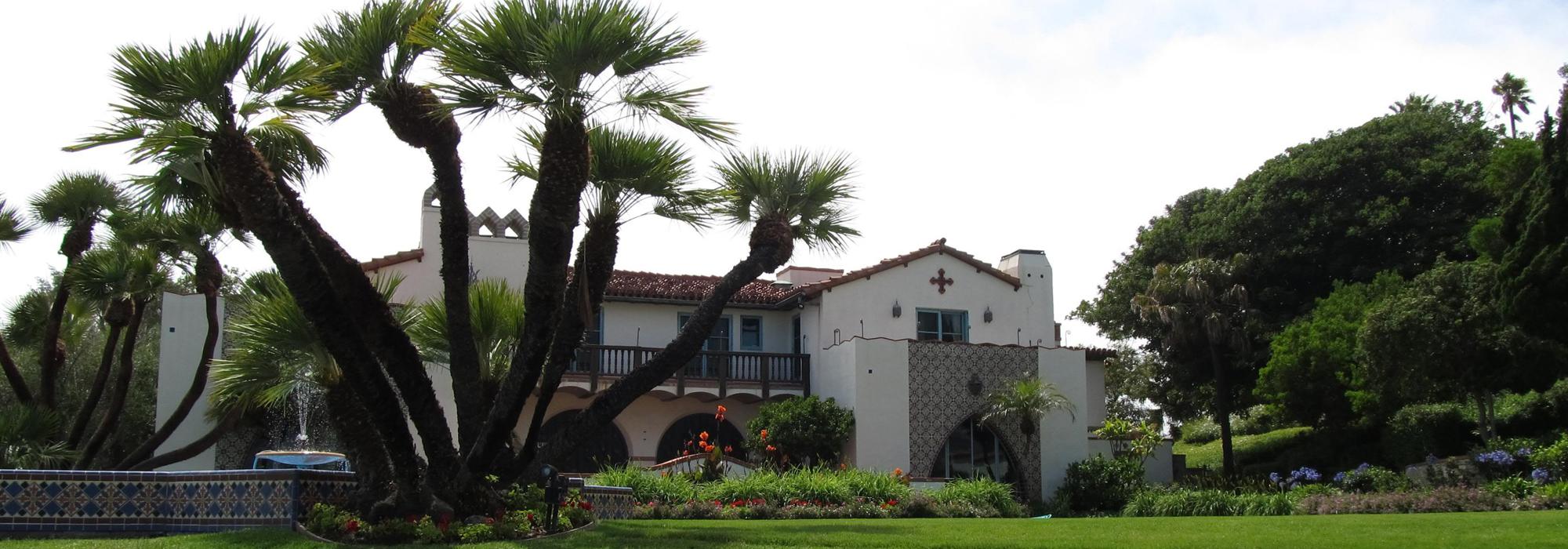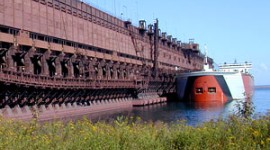2004: Working Landscapes

“Rural Americans protect their communities for a variety of reasons. Some begin their endeavors because of a burning issue – a proposed highway next to a scenic river or a shopping mall planned for prime farmland. Others become involved because they sense a general threat – often increased or unplanned development – and believe that existing efforts are inadequate to counteract it.”
-Saving America's Countryside, 1997 (Johns Hopkins Press)
Across the United States, snowballing residential and industrial development is threatening our nation's cultural landscape heritage, and, as a result, millions of acres of rural landscapes from family farms and expansive ranchlands to formerly-active industrial sites are being lost to sprawl — an increasing and unprecedented peril. . Within this context of accelerated change and lack of continuity, it is not sufficient to acknowledge that well-planned development enhances everyone's property value. What can be done when the benefits of conservation are long term but the profits of development are short term?
With Landslide® 2004: Working Landscapes, the Cultural Landscape Foundation places a spotlight on seven at-risk landscapes across America, which accordingly demand our attention. In 2002, the Cultural Landscape Foundation focused on designed landscapes. The most-recently announced collection identifies historic rural landscapes where people worked the land: farms and ranches, shipyards and railroad yards. Many of these places are also rich in cultural values, often identified with a community, an ethnic group, or a site that reflects the cultural identity of ordinary working people who shaped the landscape. From a small family farm to tens of thousands of acres of vernacular lands, Landslide 2004: Working Landscapes celebrates this astonishing and fragile aspect of our cultural patrimony.




